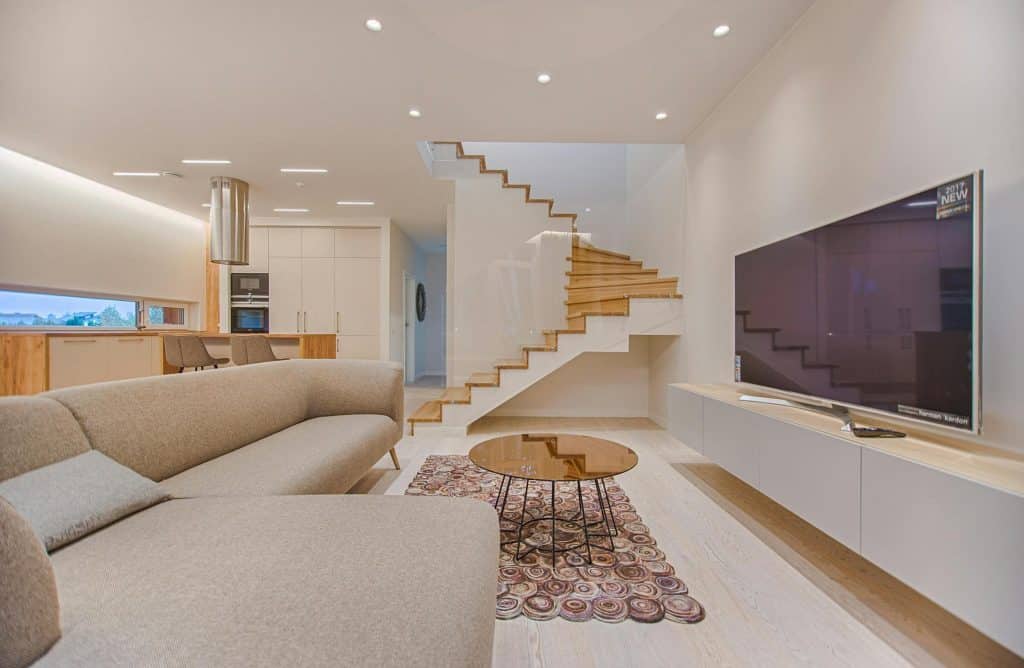The Internet of Things (IoT) has never been brighter, and dozens of devices interacting with each other are competing to consume bandwidth and rely on a reliable, low-latency connection. With the rise of 4K streaming and cloud-based gaming, Wi-Fi in modern households is driven by AI-driven assistants and smart security systems.
Because these technologies keep on advancing, the limitations of the older wireless standards become more evident. Wi-Fi 7 and advanced Wi-Fi technology like NETGEAR Orbi 970 are the answer to these issues, bringing the speed, reliability, and smarts needed to enable the next generation of smart-home development.
Rising Device Density and the Strain on Home Networks
A typical household nowadays can contain 20 or more devices, including TVs, cameras, light bulbs, and even appliances. This figure will increase dramatically by 2026, as more households adopt advanced innovative ecosystems. These devices are in constant communication with one another and the cloud services and, as a result, they create a high-density environment that puts strain on existing Wi-Fi networks.
Wi-Fi 6 enhances performance in multi-device settings, whereas Wi-Fi 7 takes it a step further with massively increased capacity and performance. It is meant to ensure smooth operation even when dozens of devices operate simultaneously. The families can play movies, surf the internet, turn on intelligent appliances, and simultaneously check their home security systems without delay. Wi-Fi 7 will ensure the network can handle the growing demands as smart homes become digital hubs and are linked together.
Low-Latency Requirements in Connected Living
Latency might not be a concern when using the internet; however, it is a significant issue for interactive, time-sensitive applications. Low latency in smart homes implies shorter response times for a voice assistant, instantaneous feedback from a smart doorbell, and almost instant communication between smart devices. In online gaming and virtual reality, latency can make or break connections, making them smooth or annoyingly slow.
Wi-Fi 7 implements necessary technologies to reduce latency and enable faster communication between devices and the responsiveness of interactions. This development improves the functionality of real-time programs such as home security alerts, motion sensors, and automated systems. In a rapidly evolving smart-home setting, where devices need to react immediately, low latency enables them to respond as soon as required.
Support for 4K, 8K, and Beyond
Entertainment has ever been at the edge of wireless network capability and even the emerging 4K and 8K content only heightens the urgency of higher speeds. With the adoption of ultra-high-definition video by more streaming platforms and the integration of high-resolution large-screen displays in households, strong Wi-Fi connectivity is becoming indispensable. Wi-Fi 7 is designed to support bandwidth levels never seen before, with multi-gigabit speeds rendering buffering and lag a thing of the past.
Also, cloud gaming systems require fast, consistent networks to relay gameplay without delays. Wi-Fi 7 allows smooth gaming experiences for both amateurs and hardcore gamers. As the digital entertainment trend continues to gain momentum, Wi-Fi 7 will ensure explicit, high-quality content on all the screens around the house.
Enabling Advanced Smart Home Automation
Smart home automation is not only a question of convenience; it is increasingly associated with efficiency, energy control, and security. The smart use of thermostats, household routines, or energy consumption tracking, the contemporary form of automation is based on a trustworthy wireless connection. Wi-Fi 7 provides the foundation for more sophisticated automation systems that will manage large data streams and complex interactions.
Moreover, smart home hubs and devices can handle information much more easily with Wi-Fi 7, enabling more advanced routines and integrated systems. Intelligent sensors detect changes sooner, security systems can easily transmit high-resolution footage, and automation rules can be implemented immediately. This area of performance enables homeowners to create more innovative and flexible settings that align with their everyday needs.
Enhancing Smart Home Security
Connected homes are a significant security issue, as devices are increasingly part of everyday activities. Wi-Fi 7 improves wireless security, making it less likely to be attacked or to experience unauthorised access. There are better encryption and authentication techniques that help secure smart devices and personal data against emerging digital threats.
More reliable connectivity is also essential to ensure that the security cameras, motion sensors, and alarms work continuously. Live notifications and good-quality video streams require a reliable Wi-Fi connection. With a good network, homeowners feel confident knowing that their security systems will respond in emergencies.
Preparing for the Future of Connected Living
The world of technology is changing very fast and smart houses should be prepared to face the next wave. AR-assisted shopping, AI-driven appliances, high-tech health monitoring, and virtual experiences will all be built around Wi-Fi as a key asset. The Wi-Fi 7 has the speed, performance, and smarts required to handle these new applications.
Households that install Wi-Fi 7 will be better prepared to receive smart devices and services in the future. Compatibility and long-term performance are now guaranteed, even as the connected-home ecosystem continues to mature. With increasingly advanced, information-intensive devices, Wi-Fi 7 is the backbone of the efficient, powerful, and safe smart home of the future.
Wi-Fi 7 is not merely an upgrade in a world where all things in the home are connected via the Internet, but a required upgrade.
